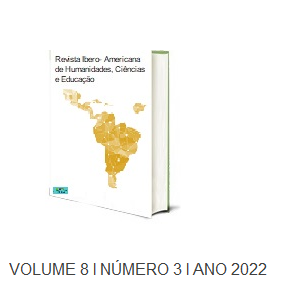INOVAÇÃO TECNOLÓGICA- CONHECENDO SOBRE PLATAFORMAS ADAPTATIVAS-CLICKIDEIA
DOI:
https://doi.org/10.51891/rease.v8i3.4679Palavras-chave:
Plataformas adaptativas . Aprendizagem cognitiva. Neurociência.Resumo
O presente artigo busca discorrer sobre as plataformas adaptativas no cenário hodierno de pandemia, nos anos de 2020 e 2021, trazendo questionamentos comuns, visto que tal tecnologia não é muito reconhecida por parte da população, e respondendo-os. Divide-se em dois tópicos, sendo eles sobre inovação tecnológica e aprendizagem cognitiva e a importância das plataformas adaptativas para o ensino e aprendizagem dos alunos e os benefícios para docentes e discentes. Além disso, conta com a aplicação prática de uma plataforma nos anos de 2010 a 2014 em uma escola pública, apontando as melhorias e como tal tecnologia auxiliou no ensino e até mesmo aos pais, e compara a utilização das plataformas entre escolas públicas e particulares, explicitando os motivos das escolas particulares terem maior necessidade dessa tecnologia. Assim também, cita uma pesquisa própria, feita com alunos de escolas públicas e particulares, referente ao conhecimento de plataformas adaptativas, suas vantagens e desvantagens aparentes aos mesmos.
Downloads
Downloads
Publicado
Como Citar
Edição
Seção
Categorias
Licença
Atribuição CC BY

